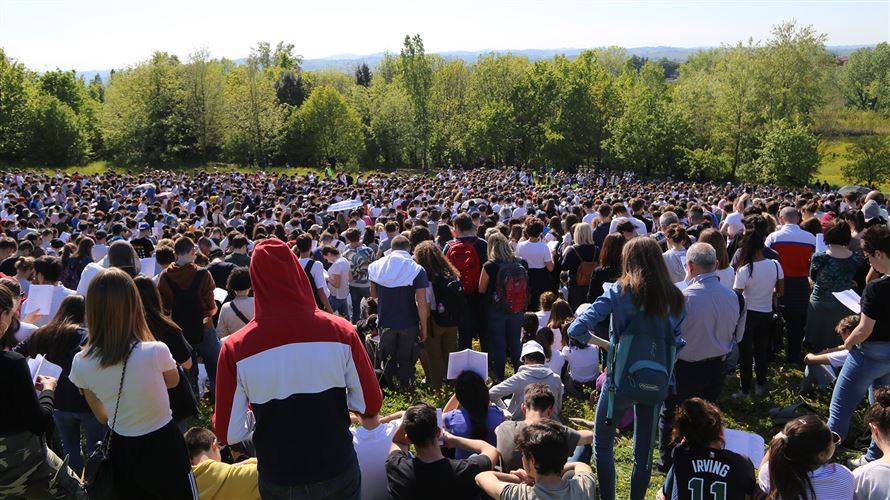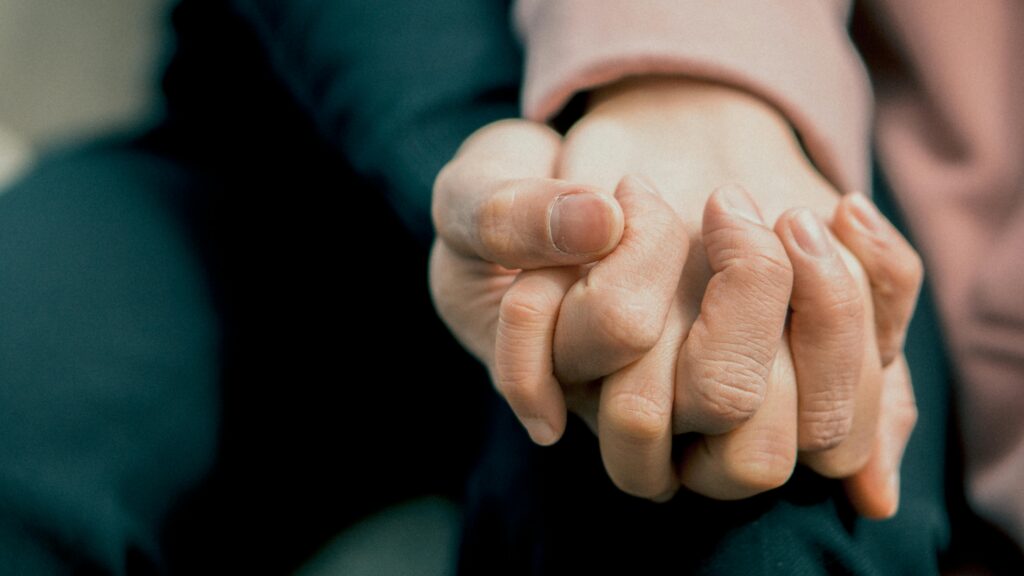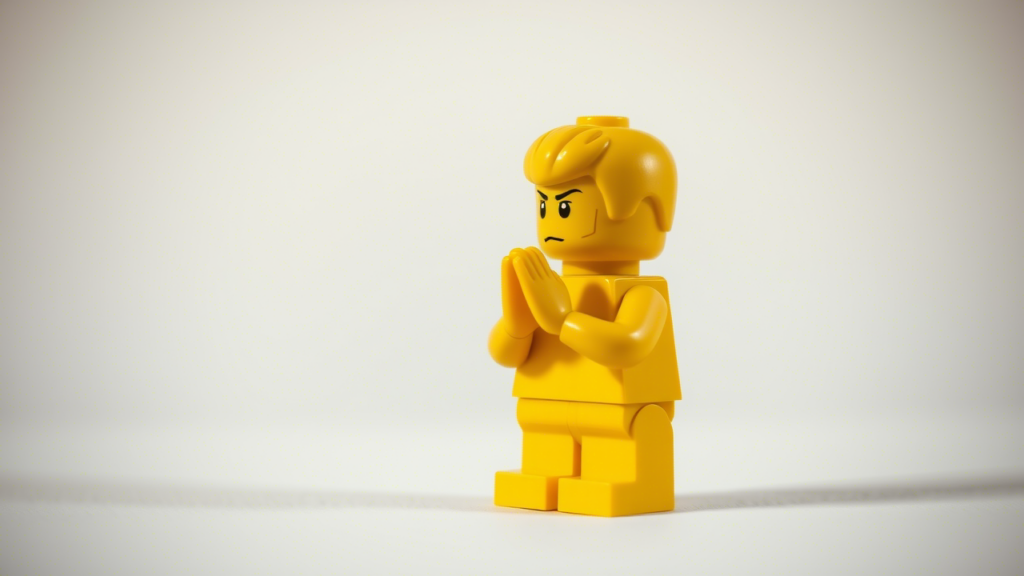Current Situation of… Communion and Liberation
A movement committed to faith, charity and global evangelization

Communion and Liberation (CL) is a Catholic ecclesial movement that was born in Italy in 1954 with the priest Don Luigi Giussani. This movement has grown significantly since its beginnings and has spread throughout the world, forming an active part of the life of the Church. In this article, we will explore the history, structure, government and number of members of Communion and Liberation, as well as its current situation.
History of Communion and Liberation
It all began with a chance encounter on a train, where Giussani happened to be in the carriage with some young people and, listening to their conversation, he realized that the Christian fact was totally alien to his life and his interest. And at that moment he decided to put aside his career as a theology teacher and in 1954 he went to teach at a public high school in Milan, the Berchet high school, and to become personally involved in what was then called the Student Youth (GS), which was the youth branch of Catholic Action and which later became the germ of what would become Communion and Liberation.
The history of the movement is inextricably linked to its relationship with the Popes who have accompanied and continue to accompany it. From Paul VI to today, Don Giussani has always advocated fidelity and obedience to the Holy Father and to the authority of the Church as the “supreme guideline for the human journey.” On February 11, 1982, the Pontifical Council for the Laity approved the pontifical recognition of the Fraternity of Communion and Liberation. Joseph Ratzinger, the future Benedict XVI, presided over Giussani’s funeral in Milan’s Duomo on February 24, 2005, and Francis celebrated the founder’s centenary with a public audience with the entire movement in a packed St. Peter’s Square on October 15, 2022.
Structure and Government
The life of the movement is very simple and free. Large and small communities are born spontaneously in the environments where daily life is lived (school, work, neighborhood) and meet to see each other and share everyday moments and gestures, they are inserted in the life of the local Church and depend on the bishop of their diocese. Whoever wants can join the many proposals that invite people to deepen their faith in a personal and community way.
Following Giussani’s death, Julian Carron was the president of the CL Fraternity until 2021, and currently Davide Prosperi, who had been its vice-president since 2011, is the president. At the central level, a Council of the Presidency, in which people from various countries participate, accompanies the president in his guidance. At the local level, a group called “Diaconia” supports the person in charge at the head of each community. All these positions are carried out free of charge, through an exercise of co-responsibility based on communion and faithful following of the charism.
Number of Members
«“Go into the whole world” (Mt 28:19) is what Christ said to his disciples. And I repeat to you: “Go into the whole world and bring the truth, the beauty and the peace that is found in Christ the Redeemer.”» These words of John Paul II in 1984 were the definitive stimulus for the spread of Communion and Liberation, which today has reached 90 countries on five continents. Around the world, there are about 60,000 people enrolled in the Fraternity of Communion and Liberation. Spain is the largest European community after Italy.
Current Situation
The sole objective of CL is to bear witness to how the Christian event is the truest response to human needs and to educate people to verify in their lives the impact of faith, which is not conceived as something outside of concrete daily life, decisions and projects, but inherent and pertinent to them. This awareness generates the passion to work constructively in every area of reality and social life.
Culture, charity and mission are the dimensions that characterize the experience of the Christian. They manifest and express a conception of life that recognizes and realizes that supreme law of existence that is love, opening us to a relationship with everything. It is a concrete and integral experience, marked by personally lived gestures, and that encompasses all aspects of living.
The mature form of membership in the movement is membership in the Fraternity of Communion and Liberation, which annually celebrates a spiritual retreat and two retreats in Advent and Lent. The daily life of the members of the Fraternity is organized in freely joined groups, whose form is a friendship that accompanies each person on their personal journey towards holiness. In addition, there are certain vocational forms of dedication to God that have been born from the charism of CL, such as the Memores Domini, the Priestly Fraternity of Missionaries of St. Charles Borromeo, the Sisters of Charity of the Assumption and the Fraternity of St. Joseph.
CL’s proposal for education in the faith is embodied in the “School of Community”, which is a weekly catechetical meeting based on a text that is proposed at the beginning of the school year as an educational itinerary for all. In addition, the members of the movement freely participate in charitable work, a gesture that is usually monthly to educate in charity and gratuitousness. Other regular activities include retreats and spiritual exercises, cultural proposals, and vacations.
For more information: https://www.clonline.org/es
Other articles in this series:
Order of Malta
Opus Dei
Schoenstatt
Communion and Liberation
Related

Overcoming Emotional Dependence: A Guide with Psychologist Mónica Caballero
Proyecto Ánima
28 March, 2025
2 min

Addictions and Sexuality
José Miguel Ponce
28 March, 2025
2 min

The Chosen: A Series That Wins Hearts in Its Own Language
Mar Dorrio
27 March, 2025
4 min

Being a Christian of One Piece: Integrity and Coherence in the Life of Faith
Patricia Jiménez Ramírez
26 March, 2025
2 min
 (EN)
(EN)
 (ES)
(ES)
 (IT)
(IT)

